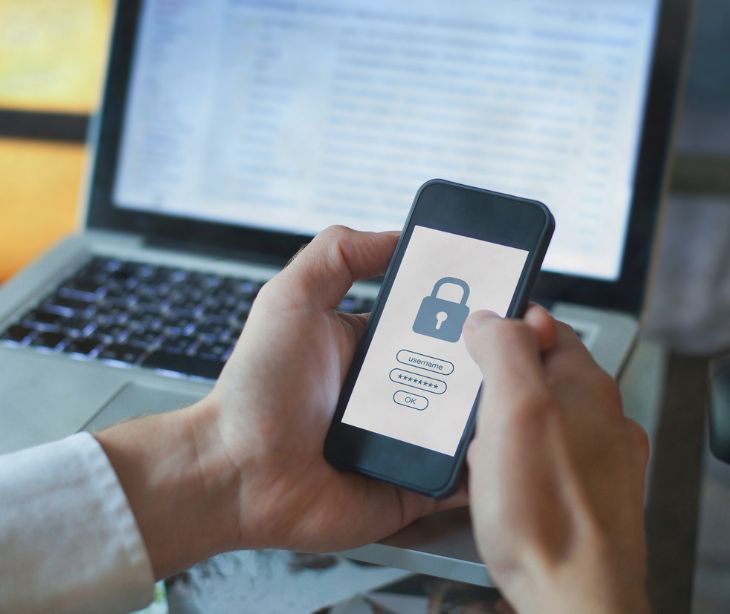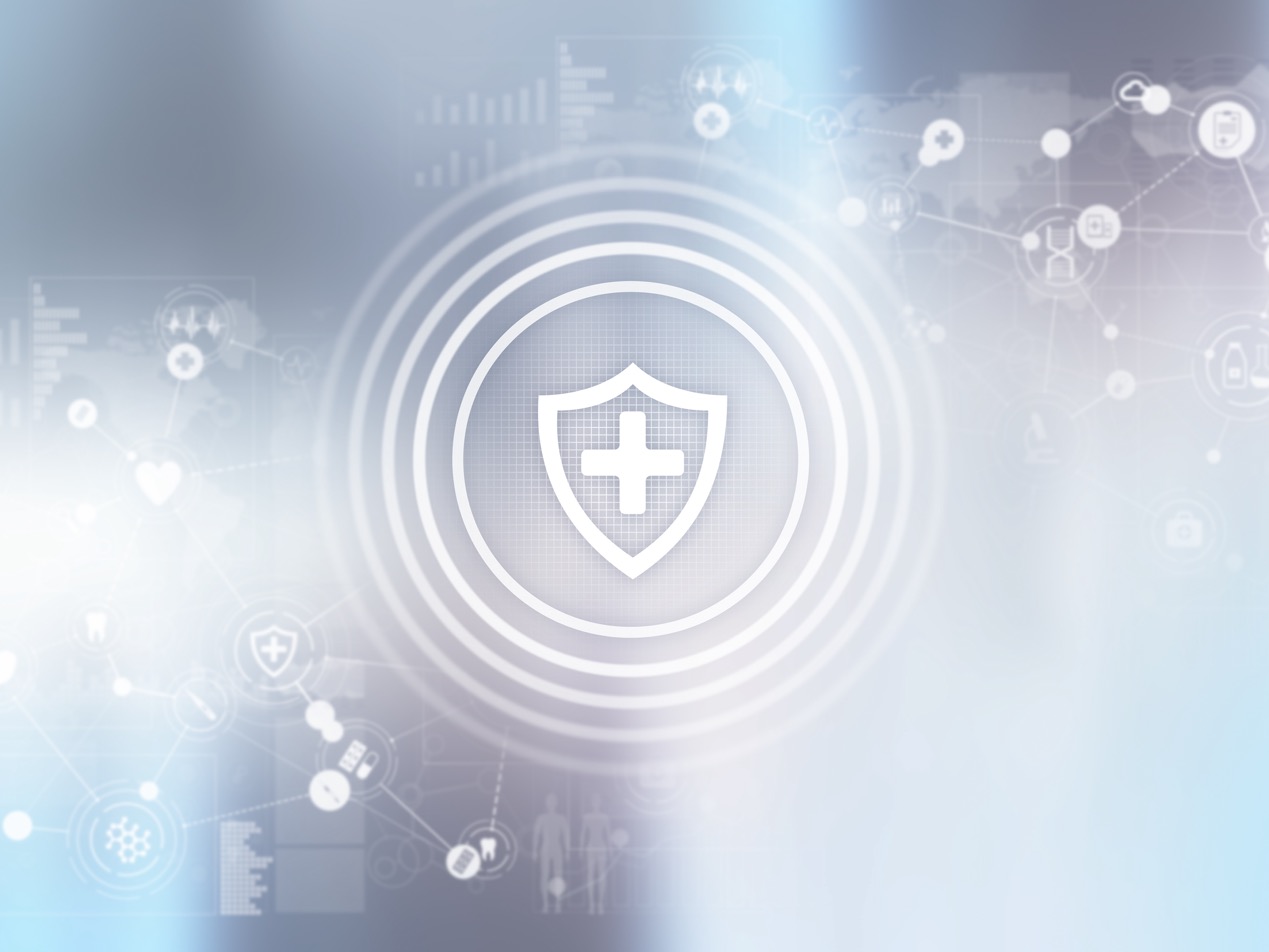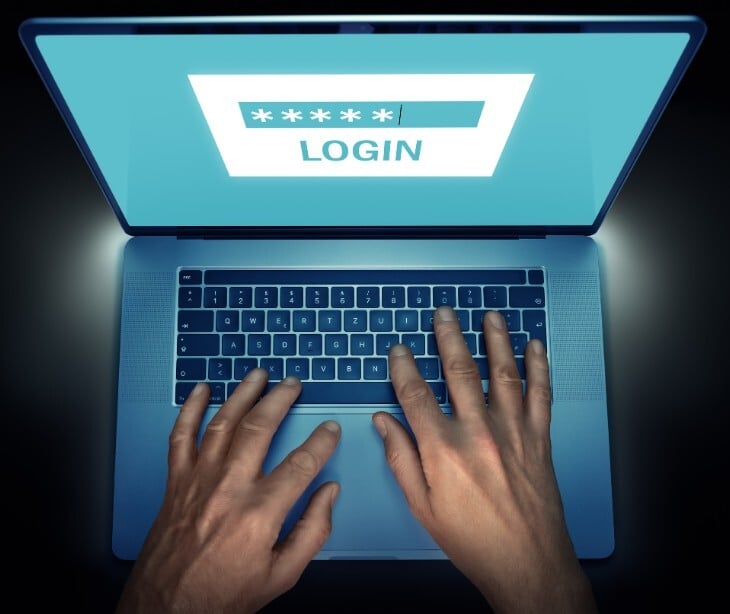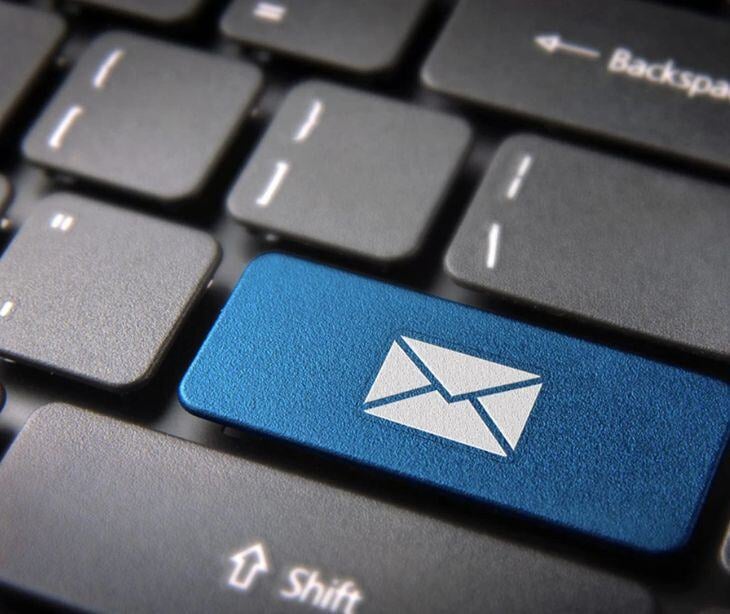
Security controls in healthcare are essential for building a robust and patient-centric security framework. Organizations can meet legal obligations and earn patient trust by implementing and continuously assessing them. This demonstrates a commitment to the highest data protection standards in the era of rising cybersecurity threats.
What are security controls?
Security controls are measures or safeguards organizations implement to manage and mitigate information security risks. These controls protect information and systems' confidentiality, integrity, and availability.
Security controls are implemented at physical, technical, and administrative levels. They help healthcare organizations safeguard protected health information (PHI) from unauthorized access, disclosure, alteration, and destruction.
See also: Executive summary: Q3 healthcare cybersecurity trends
Categories of security control
- Administrative controls: Policies, procedures, and guidelines that help manage and govern security within an organization.
- Technical controls: These controls involve the use of technology to protect systems and data.
- Physical controls: Physical security controls focus on protecting physical assets, such as data centers, servers, and other hardware.
- Detective controls: These controls are designed to identify and respond to security incidents.
- Preventive controls: These controls aim to prevent security incidents from occurring.
- Compensating controls: In some cases, organizations may use compensating controls to mitigate risks when implementing a specific control is not feasible or practical.
- Directive controls: These controls involve policies, procedures, and guidelines that direct the behavior of individuals within an organization to ensure compliance with security requirements.
In the news: CISA and HHS launch cybersecurity healthcare toolkit
How access controls affect the healthcare industry
- Access Controls: Access controls are the first line of defense in protecting patient data. Healthcare organizations can use role-based access and robust authentication methods to prevent unauthorized access to sensitive health information.
- Encryption: HIPAA mandates using encryption as a technical control to protect patient information during transmission and storage. By encrypting data, healthcare entities add an extra layer of security, making it significantly more challenging for malicious actors to intercept or access sensitive information.
- Audit controls: HIPAA requires healthcare organizations to monitor patient data access. Audit controls track all data access instances, aiding in security incident investigations and ensuring accountability.
- Physical controls: Restricted access to data centers, secure storage of physical records, and surveillance systems contribute to safeguarding patient information against physical threats and unauthorized access.
- Security awareness training: The human factor is often cited as one of the weakest links in cybersecurity. Security awareness training is an essential administrative control that equips healthcare staff with the knowledge and skills to recognize and address security threats. This proactive approach helps reduce the risk of human error, a common cause of data breaches.
- Incident response plan: HIPAA requires healthcare organizations to have an incident response plan to minimize the impact of security incidents on patient data and reputation.
- Business Associate Agreements (BAAs): Healthcare organizations often collaborate with external partners or vendors. Security controls, in the form of BAAs, define the security responsibilities of these partners, ensuring a cohesive approach to protecting patient information.
- Risk assessments: Regular risk assessments help identify and address potential vulnerabilities in the healthcare organization's systems and processes. This ensures the implementation of effective security controls and maintains HIPAA compliance.
- Secure communications: Security controls, such as HIPAA compliant email, help ensure patient information is transmitted securely between healthcare professionals and organizations, reducing the risk of interception or unauthorized access.
- Mobile device management (MDM): With the increasing use of mobile devices in healthcare, implementing controls through MDM solutions helps secure and manage these devices, ensuring that patient data on mobile platforms is adequately protected.
Subscribe to Paubox Weekly
Every Friday we'll bring you the most important news from Paubox. Our aim is to make you smarter, faster.




